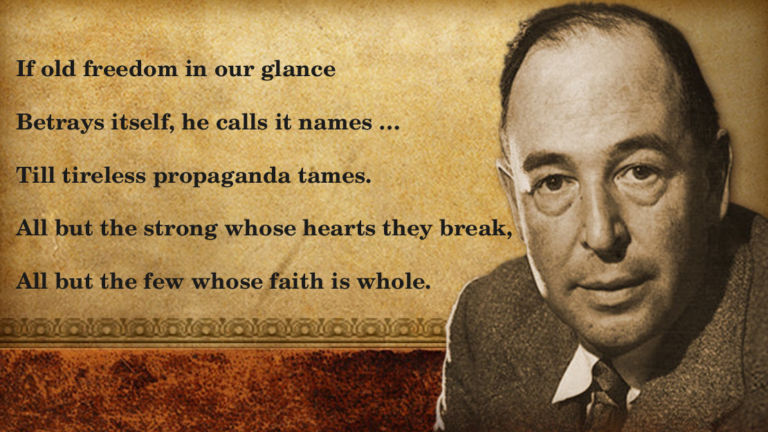A National Review profile of U.S. Supreme Court Justice Clarence Thomas — occasioned by his 20th anniversary on the bench — notes a key aspect of his approach to the high court’s work. Thomas tends to avoid unnecessary complexity in making his decisions.
This preference for clear, easily applicable rules over the multifactor balancing tests that populate the world of constitutional law is evident throughout Justice Thomas’ jurisprudence. Multifactor tests may appear precise and rigorous in their seemingly algebraic application. But in practice they often resemble a Potemkin village: Under the surface, there isn’t anything of substance. They are notoriously difficult to apply consistently, and they often become little more than a mechanism for structuring arbitrariness.
Take [an] example in the free-speech context: the four-factor test for determining when advertisements — “commercial speech” — are covered by the First Amendment. It balances the government interest in regulation against the value of the speech that is being restricted, and also factors in the question of whether the regulation is restricting more speech than necessary.
Justice Thomas took this test to task in his concurring opinion in a case about bans on the advertising of alcohol prices. He noted how inconsistent the Supreme Court’s own application of the test had been, not to mention its application by other courts across the country. Indeed, the test gives a court ample legal cover for either upholding or overturning nearly any speech restriction, depending on the value the court places on each of the interests at stake.
Thomas’ concurrence instead went back to the fundamental question: Is commercial speech protected under the First Amendment as it was originally understood? Noting historical support for the idea that commercial speech was viewed no differently from non-commercial speech, Justice Thomas concluded that commercial speech should be entitled to the same First Amendment protections that other kinds of speech are.
The same straightforward approach has led Justice Thomas to the forefront of protecting political speech.


